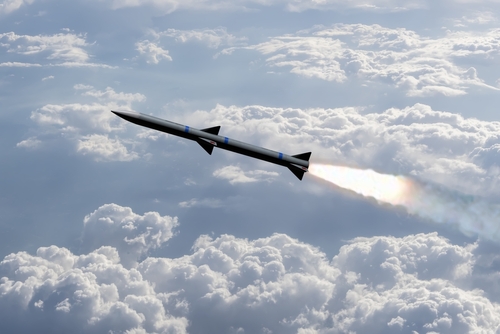
Always looking to the future of warfare, the United States Army selected a collaborative effort by Raytheon Technologies and Northrop Grumman Corporation to guide the development of the Precision Strike Missile (PrSM) Increment 4.
This next-generation missile will be the product of the Long Range Maneuverable Fires program. It will incorporate an extended range through advanced propulsion technology and additional enhancements to increase its survivability and lethality. The partners will co-design, build and test the propulsion system and offer it for another collaboration between the U.S. Army and Australian Defense Forces.
“Our experience in developing the most sophisticated missile technologies in the world uniquely positions Raytheon to partner with the Army to address this high-priority modernization program,” Tom Laliberty, president of land warfare and air defense at Raytheon, said. “This legacy, coupled with our creative partnerships to bring together proven technologies, enables us to deliver a superior solution that meets or exceeds the requirements for the critical long-range precision fires mission.”
Raytheon is the world’s largest aerospace and defense company, focusing on aviation, defense systems, and space operations. Northrop Grumman is another top aerospace and defense technology company. Both are longtime collaborators with the U.S. military.
“Northrop Grumman’s ongoing investment in new propulsion technologies and infrastructure support the growing need for efficient and effective missile systems,” said Jim Kalberer, Northrop Grumman’s vice president of missile products. “Our mission-tailored solution will include advanced propulsion technology and key components designed to increase capacity within the launch system and achieve optimal range extension.”
The new missile is meant to improve the Army Tactical Missile System. It is currently being developed and acquired in four increments to address specific operational requirements and integration across modern Army platforms.




